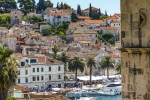
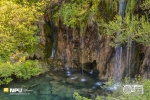
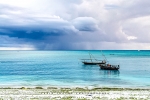
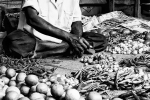


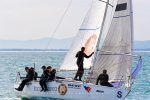

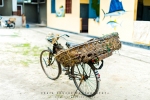
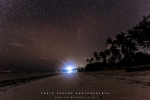


I spent a week based in Dubai, where I travelled to Abu Dhabi, Dubai and Sharjah UAE to photograph architecture. I used this opportunity to capture inspiring images of these modern cities of the UAE. The UAE, in my mind definitely has some of the best architecture around.
In 1967, Abu Dhabi’s architecture was planned under the guidance of Sheikh Zayed by Japanese architect Katsuhiko Takahashi. In areas of high population density, there is a large amount of medium and high rise buildings, amongst the city’s notable skyscrapers; the Etihad Towers, the National Bank of Abu Dhabi headquarters, the Abu Dhabi Investment Authority Tower, the Aldar headquarters and the Emirates Palace, heavily influenced by its Arab heritage.
Abu Dhabi is home to several supertall skyscrapers. The development of tall buildings has been encouraged in the Abu Dhabi Plan 2030. The expansion of Abu Dhabi’s central business district continues to grow, with several skyscraper buildings under construction in the city. Some of the tallest buildings in Abu Dhabi include the Central Market Residential Tower at 328m, The Landmark at 324m and the Sky Tower at 310 m.
In contrast to the heavily modernised skyscrapers of the city, the Sheikh Zayed Mosque continues to stand out as one of the most treasured sites of contemporary UAE society. Its design and construction began in November 1996, aiming to ‘unite the world’, employing artisans and materials from several countries including Germany, Italy, Turkey, Iran, Morocco, Pakistan, the UAE, Greece, New Zealand and China. The mosque is made of materials such as marble, stone, gold, ceramics and crystals, all chosen for their long-lasting qualities. As such, the structure is an ode to the globalised nature of modern architecture but does by still incorporating many traditional facets of traditional Arabic design.
My main focus for my visit to Abu Dhabi was to photograph the Grand Mosque. While Abu Dhabi does not have the same amount of skyscrapers as Dubai, they are nothing short of spectacular buildings. Due to time constraints, I only had a late afternoon to shoot the mosque, saying that, there is always room for a return to photograph the things I missed out on.
This architectural work of art is one of the World’s largest mosques and the only one that captures unique interactions between Islam and world cultures. With a capacity for an astonishing 40 000 worshippers.
The Aldar Headquarters building is the first circular building of its kind in the Middle East. It is located in Al Raha, Abu Dhabi, United Arab Emirates. The shape of this building is achieved through the use of structural diagrid, a diagonal grid of steel.
The building features the following elevators:
12 passenger elevators
2 service elevators
3 monospace elevators
1 circular hydraulic lift
2 dumbwaiters
23 floors
Al Bahr Towers is a development in the emirate of Abu Dhabi consisting of two 29-storey, 145m–high towers. It is located at the intersection of Al Saada and Al Salam Street in Abu Dhabi City, the capital of the United Arab Emirates, at the eastern entrance. One tower houses the new headquarters of the Abu Dhabi Investment Council (ADIC), an investment arm of the Government of Abu Dhabi. The other serves as the head office of Al Hilal Bank, a progressive and innovative Islamic Bank.
The distinguishing feature of the towers is their protective skin of 2 000 umbrella-like glass elements that automatically open and close depending on the intensity of sunlight. Inspired by the ‘mashrabiya’, geometrically-designed wooden lattice screens that have been used to fill windows of traditional Arabic architecture since the 14th century, the ‘intelligent’ façade of the Al Bahr Towers is dynamically controlled by a building management system. The adjustable shades help reduce interior heat gains caused by sunlight by around 50 per cent. The eco-friendly towers are one of the first buildings in the Gulf to receive the Leadership in Energy and Environmental Design (LEED) Silver rating. They were placed second at the Emporis Skyscraper Award – the world’s premier honorary event for high-rise architecture – for projects completed in 2012. The development has also been featured on the Chicago-based Council on Tall Buildings and Urban Habitat’s “Innovative 20” list of buildings that “challenge the typology of tall buildings in the 21st century”. Al Bahr Towers is designed by AHR (formerly Aedas UK) and constructed by Al-Futtaim Carillion, a Dubai-based provider of integrated solutions for infrastructure, building, and services.
Dubai has attracted the attention of the world through large construction projects, opulent hotels and hosting major sports tournaments.
Many theories have been proposed as to the origin of the word “Dubai”. One theory suggests the word was used to describe the souq, which was similar to the souq in Ba. An Arabic proverb says “Daba Dubai”, meaning “They came with a lot of money.”
Dubai is thought to have been established as a fishing village in the early 18th century and was, by 1822, a town of some 700–800 members of the Bani Yas tribe and subject to the rule of Sheikh Tahnun bin Shakhbut of Abu Dhabi.
Today is it a metropolis and a cultural melting pot.
Dubai has a rich collection of buildings and structures of various architectural styles. Many modern interpretations of Islamic architecture can be found here, due to a boom in construction and architectural innovation in the Arab World in general, and in Dubai in particular, supported not only by top Arab or international architectural and engineering design firms such as Al Hashemi and Aedas, but also by top firms of New York and Chicago. As a result of this boom, modern Islamic – and world – architecture has literally been taken to new levels in skyscraper building design and technology. Dubai now has more completed or topped-out skyscrapers higher than 670 m, 335 m, or 250 m than any other city. A culmination point was reached in 2010 with the completion of the Burj Khalifa (Khalifa Tower), now by far the world’s tallest building at 829.8 m. The Burj Khalifa’s design is derived from the patterning systems embodied in Islamic architecture, with the triple-lobed footprint of the building based on an abstracted version of the desert flower Hymenocallis which is native to the Dubai region.
The completion of the Khalifa Tower, following the construction boom that began in the 1980s, accelerated in the 1990s, and took on a rapid pace of construction during the decade of the 2000s, leaves Dubai with the world’s tallest skyline as of 4 January 2010. At the top, Burj Khalifa, the world’s second-highest observatory deck after the Shanghai Tower with an outdoor terrace is one of Dubai’s most popular tourist attractions, with over 1.87 million visitors in 2013.
Burj Khalifa, known as the Burj Dubai before its inauguration, is an 828 m high skyscraper in Dubai, and the tallest building in the world. It was constructed by more than 30 contracting companies around the world with workers of a hundred nationalities. It is an architectural icon. The building opened in 2010.
Besides having a crack at the Burj Khalifa, I mainly focused my attentions on the CDB area known as Business Bay. This was not by far my best attempt at the Burj Khalifa, I had to shoot handheld as the tripod police were quite strict concerning tripods and permits at the fountain. This made things rather difficult, as I could not shoot with a tilt-shift lens which helps immensely with architectural photography.
Business Bay
Business Bay features numerous skyscrapers located in an area where Dubai Creek has been dredged and extended. It will have upwards of 240 buildings and is built as a commercial, residential and business cluster along a new extension of Dubai Creek extending from Ras Al Khor to Sheikh Zayed Road. The infrastructure of Business Bay was completed in 2008, and the entire development was expected to be completed between 2012-2015.
During planning it was expected to cover an area of 5 900 000 m², on completion, it will be composed of office and residential towers set in landscaped gardens with a network of roads, pathways and canals. It has become the region’s business capital as well as a freehold city.
JW Marriott Marquis Dubai
The JW Marriott Marquis Dubai Hotel is the world’s second tallest hotel, a 72-storey, 355 m twin-tower skyscraper complex in Dubai, United Arab Emirates. The AED1.8 billion complex features a 1,608-room hotel run by Marriott International. They are the tallest buildings in Business Bay.
The hotel has 1364 standard guest rooms, 240 suites, 4 “presidential suites”, a banquet hall, an auditorium, 18 Shops, 19 restaurants and a spa.
The form is inspired by the date palm. The towers are symmetrically placed on the 7-storey high podium to get views of the Burj Khalifa, Business Bay and the sea. The podium houses all the public areas, restaurants, banquet hall and back of house areas. The entrance lobby is 4 floors high and overlooks the Business Bay. The 1000-capacity banquet hall has independent access. The podium terrace has one of the largest spas in Dubai and is landscaped with gardens and swimming pool.
Architect Ashok Korgaonkar, founder and principal architect of Archgroup International Consultants designed the J W Marriott Marquis.
The Opus
The Opus in Dubai by Zaha Hadid Architects, a mixed-use building formed of conjoined towers with an irregular void in the middle. It will be Dubai’s only building which has both the interior and exterior designed by the late world-renowned Zaha Hadid, an Iraqi female architect.
Hotel interiors for the Dubai hotel are currently being fitted out, for the scheduled opening in 2020. The 20-storey development from Omniyat will also house 12 restaurants and a rooftop bar, as well as office spaces.
Two glazed adjacent 100-metre-high towers form a cube shape, with a curving eight-storey void that appears as if it has been carved from its centre.
These towers are connected by a four-storey atrium ground level and an asymmetric sky-bridge that is 38 m wide and three storeys tall, suspended 71 m from the ground.
Sharjah is the third largest and third most populous city in the United Arab Emirates, forming part of the Dubai-Sharjah-Ajman metropolitan area. It is located along the southern coast of the Persian Gulf on the Arabian Peninsula.
The city is a centre for culture and industry and covers an approximate area of 235 km² and has a population of over 800 000 and overlooks the Persian Gulf. The sale or consumption of alcoholic beverages is prohibited in the emirate of Sharjah without possession of an alcohol licence and alcohol is not served in Sharjah hotels, restaurants or other outlets due to the Muslim majority in the area. Sharjah is regarded as the cultural capital of the UAE and was the Islamic culture capital in 2014.
It contains the main administrative and commercial centres together with an array of cultural and traditional projects, including several museums covering areas such as archaeology, natural history, science, arts, heritage, Islamic art and culture. Distinctive landmarks include two major covered souks, reflecting Islamic design, and a number of recreational areas and public parks such as Al Montazah Fun Park and Al Buheirah Corniche. The city is also notable for its numerous elegant mosques.
Al Majaz Waterfront is an expansion and beautification of the existing park in order to enhance it into a family-friendly leisure area, a waterfront landmark of Sharjah Featuring an audio-video dancing fountain, miniature golf and a number of restaurants where I spent my time photographing the city.
Besides mosques in Sharjah, one can also find St Gregory The Illuminator Armenian Apostolic Church and St Phillip the Apostle Russian Orthodox Church, I did not have time to visit these churches or more locations as I only had 90 minutes in the city. I found most of the buildings covered in blue glass, perhaps a maritime theme as Sharjah overlooks the Persian Gulf.
Wikipedia and Visit Abu Dhabi.
All my images are available for purchase as prints. Digital images can be used under license agreement. Should you wish to purchase or license my images, please click here for more information, so I can assist you with your needs.
Click on the images and select the appropriate the buttons to view an enlarged single image with titles in full screen.
Please subscribe to my free monthly NO-SPAM newsletter which will inform you of any new workshops, activities, products and upcoming events.
SUBSCRIBEI am a Western Cape Winelands photographer based in South Africa, photographing locally and internationally. I am a registered NPS (Nikon Professional Services) member, a contributor to Nikon South Africa's social media pages and website. I photograph a broad variety of genres, using film - 35mm, 120, 127 and 4x5" 4x10, 5x7" & 8x10" format as well as digital medium and are very passionate about my work.
My work has been published in various South African newspapers and magazines including Atlantic Gull Magazine with a cover, SA4x4, HIGH LIFE (British Airways Magazine), Getaway Magazine, Wildside Magazine and Weg!/go! Magazine. I finished as a Top Ten finalist in the 2016 Getaway Magazine Gallery Competition, finishing with Highly Commended. The South-African national news broadcaster eNCA has also made use of video footage that I have produced.
Please feel free to comment and share. You can also click on the social media buttons in the footer below and see what I am currently doing, or sign up for my newsletter and follow me.
Until next time, thanks for your support, appreciating my work and reading my blogs.
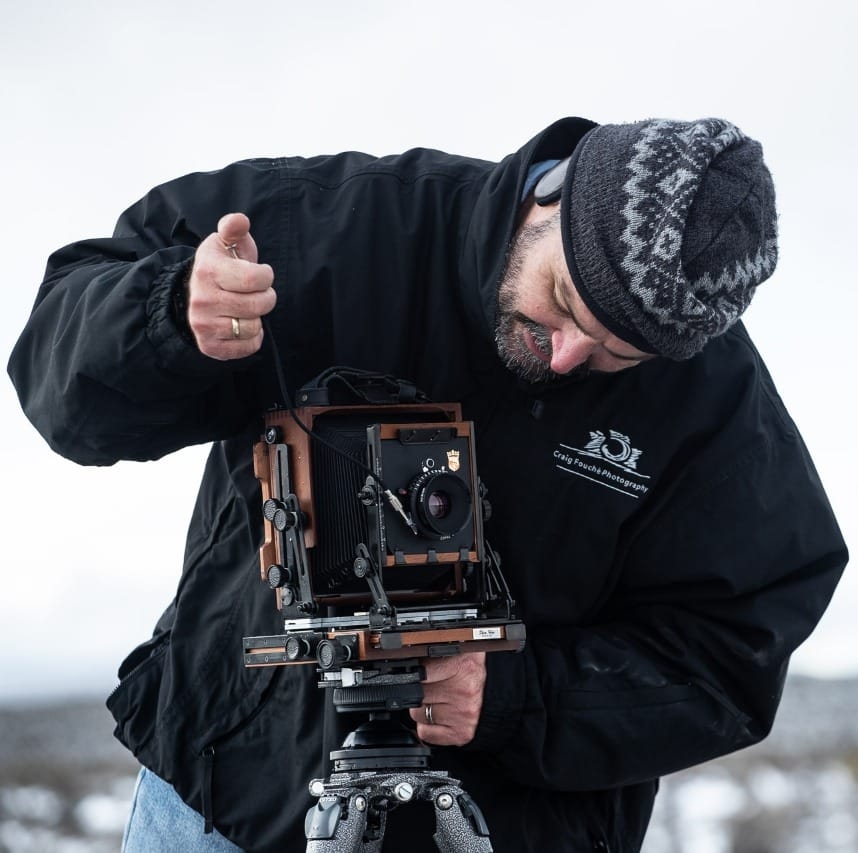
Craig Fouché, Rogge Cloof, Sutherland, South-Africa ©2020 Kirsten Frost Photography